Kurukshetra, Karnal: For some, the change in 50-year-old Phoolkali’s life may appear incremental.
Working in her small farm, a few yards away from her two-room house, the resident of Ballahi village in Haryana’s Kurukshetra district is almost ecstatic. It had been close to two decades that Phoolkali had been fetching buckets of water from the nearest supply point, which is about 400 metres away, to meet her family’s daily requirement.
The distance might not be very far, but the mother of two says only someone who has been lifting bucketful of water twice a day for the last two decades will be able to understand how her life has changed in the last three months after the administration brought water supply right to her doorstep, under the Centre’s flagship ‘Nal Se Jal’ programme.
“Balti choot gaya (I no longer have to lift buckets of water),” Phoolkali tells ThePrint, adding, “You don’t know what a blessing it is. Every single day, rain or biting cold, I had to go out to fetch water.”
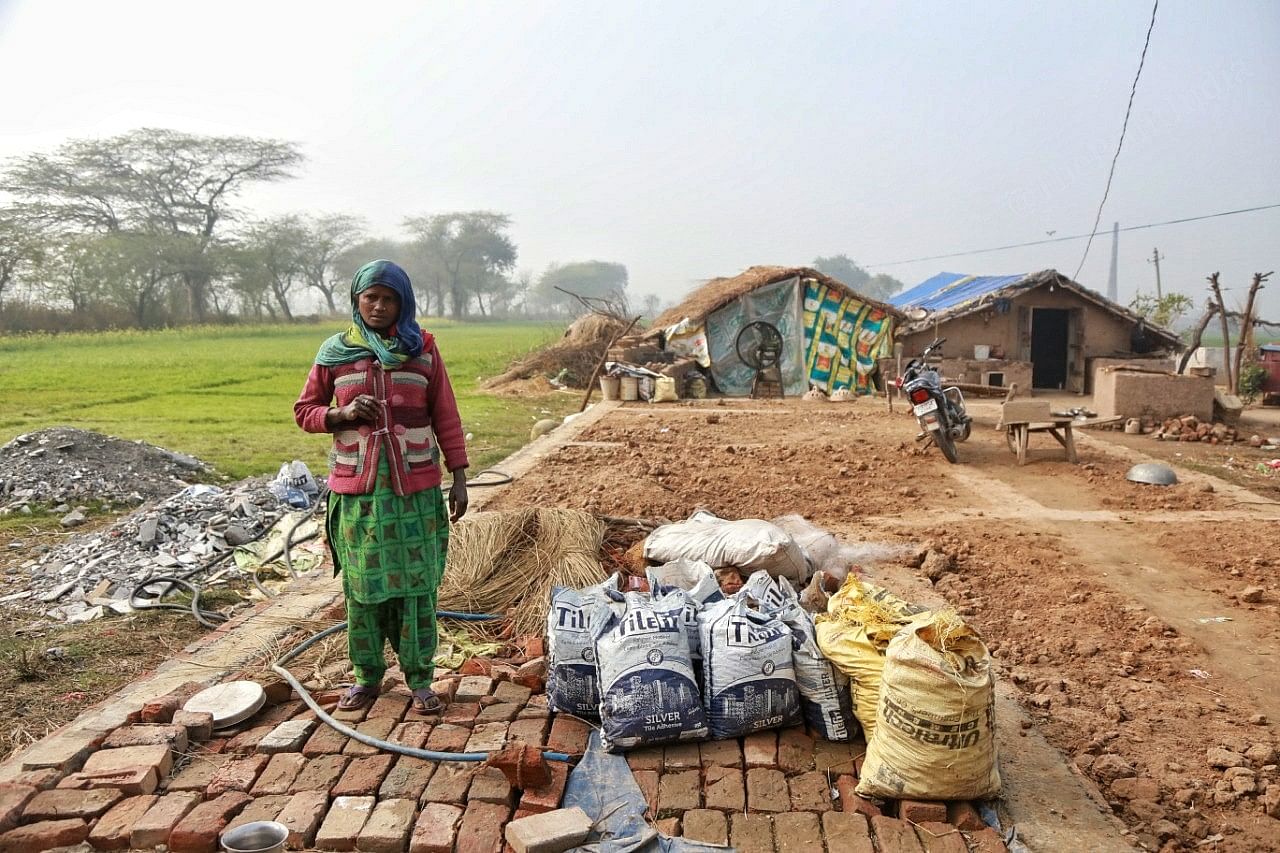
Phoolkali’s house is among the last of the 35 in Ballahi village that recently got a drinking water connection, making Kurukshtera one of the five districts, where each of the 1.39 lakh rural households has now got a functional tap water connection.
Kashmiro Devi, 50, a resident of Beholi village in Kurukshetra, is another beneficiary of a new water connection, right at her doorstep.
Sitting in a charpoy outside her house, which is getting renovated, Kashmiro Devi says she could not believe her luck when officials from the state’s public health department (PHD) came to install a new connection right inside her courtyard three months ago.
“We are a five-member household, but every day it was either me or my mother-in-law, who ended up crossing the road and lifting a dozen buckets of water. My husband is a farm labourer and leaves home early. It was a pain for me and my old mother-in-law, but we did not have a choice,” Kashmiro Devi tells ThePrint.
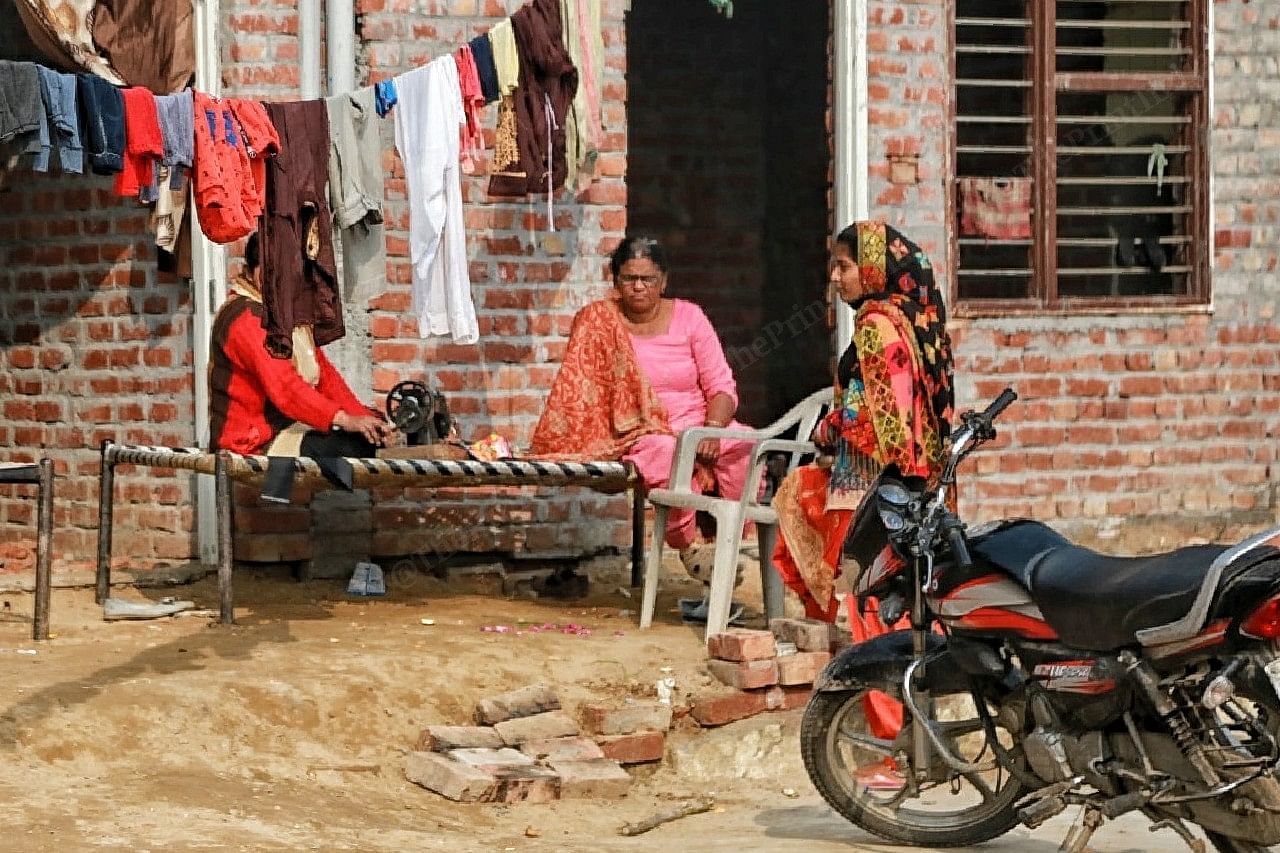
This is a story of change that repeats itself in Ambala, Rohtak, Karnal and Panchkula districts of Haryana, which are among the first 52 districts in the country to get 100 per cent tap water connections under the Modi government’s flagship ‘Nal Se Jal’ programme.
Nal Se Jal was launched in August 2019 as the big public infrastructure programme of the Modi government’s second term with the goal of providing drinking water supply to every rural household by 2024.
It’s a high-profile welfare push on the same lines as making India open defecation free and distributing eight crore LPG connections under the Ujjwala scheme before the deadline in 2019.
Nal Se Jal has a massive outlay of Rs 3.6 lakh crore, of which the central government is contributing Rs 2.08 lakh crore, with the rest coming from the states.
Also read: Bengal, UP, Karnataka fared worst, Goa the best under Nal Se Jal scheme, govt review says
The biggest challenge
Unlike in south Haryana districts such as Mewat and Rewari, where there is water scarcity, providing drinking water network to each and every household in the rural belt of Ambala, Panchkula, Kurukshetra or adjoining Karnal districts was not among the biggest challenges faced by PHD officials. These districts already had an extensive piped network.
Currently, of the 31 lakh total rural households in the state, 26.39 lakh or 85 per cent have tap water connections. Of this, 17.66 lakh households already had connections before August 2019, when ‘Nal Se Jal’ was launched, Union Jal Shakti ministry data shows.
In Kurukshetra, for instance, nearly 80 per cent of the households in rural areas already had water connection.
Senior PHD officials told ThePrint that except for some parts of south Haryana, there is hardly any shortage of water in any of the districts. The water supply network is also fairly well distributed across most of the districts, they added.
The bigger problem, the officials said, was regularising the large number of illegal connections across villages and replacing rusted pipelines that were laid about three decades ago.
In many villages, people had installed their own pipes and were drawing water from an authorised connection in nearby vicinity or from submersible pumps.
“Because the connections were unauthorised, they were not getting billed, resulting in loss of revenue. And people were also not used to paying for water,” said Arvind Rohilla, executive engineer, Kurukshetra PHD, who is overseeing the implementation of the programme on the ground.
Of the 1.39 lakh households in rural Kurukshetra, the PHD regularised water connections in 70,958 households and brought them under the billing network in the last one year, Rohilla said.
“These people were drawing water, but not paying the bills. Our biggest challenge was to convince them to pay. It was an unheard of concept for most of them. Now, slowly the cultural shift is happening. That’s one of the biggest achievements under Nal Se Jal. Our revenue collection will also get a boost now,” Rohilla added.
In rural areas of Haryana, the state government has a fixed water charge — Rs 40 per month for general households and Rs 20 per month for SC households.
There is still some reluctance, but villagers in rural Haryana are coming to terms with the fact that now they will have to pay for the water they consume.
“Villagers will be using water more judiciously now. Earlier, there was a lot of wastage. Also, once we start paying, we can hold the authorities accountable if the quality of water is bad or the flow is erratic,” said 36-year-old Aala Singh, sarpanch of Rugsana village in Karnal.
In this village, 43 new water connections were provided, while a bulk of the old pipeline is being replaced.
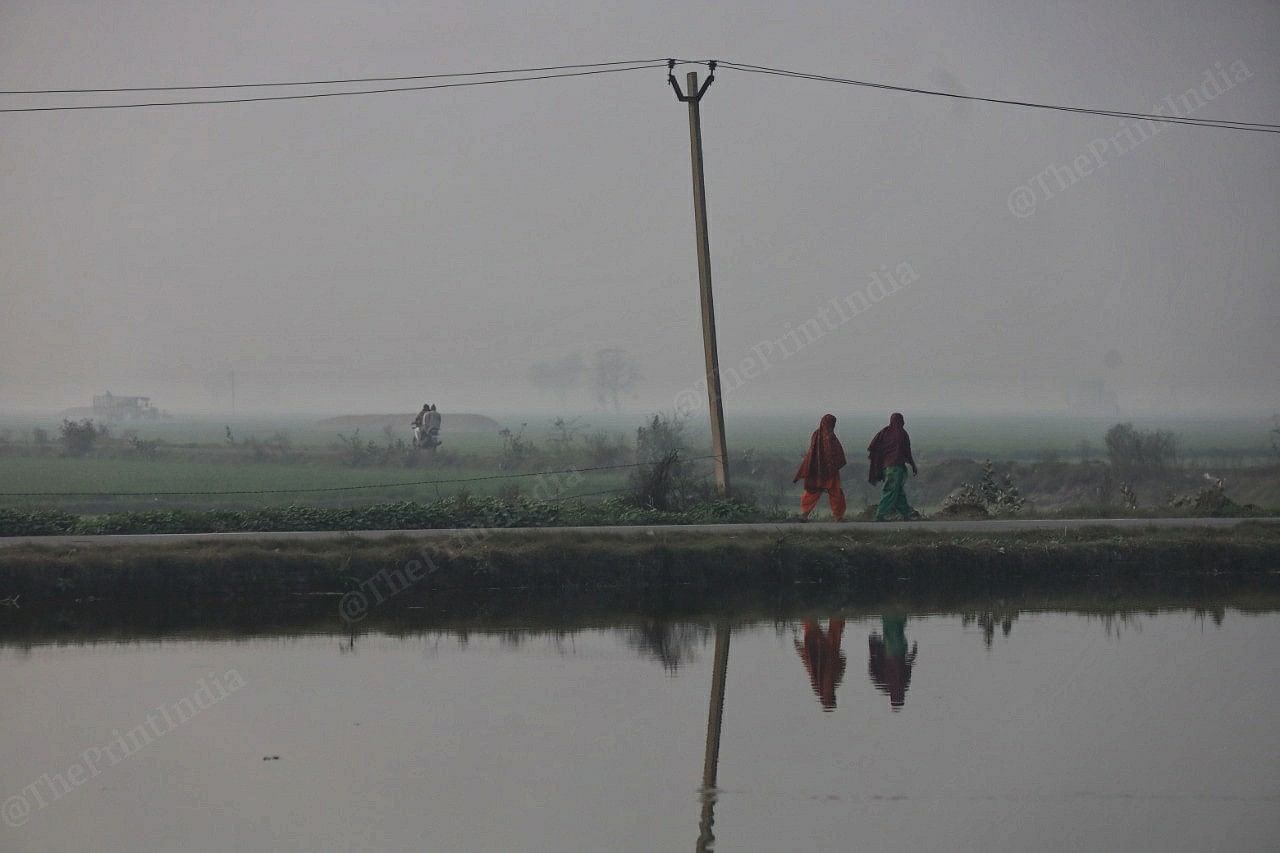
Besides regularising illegal connections, the PHD is also replacing decades-old pipelines, many of which have rusted and are in unsanitary condition across villages.
“In many villages, the pipelines were laid at least 30 years ago and had rusted. There were leakages also in many places. We have now replaced most of the old pipelines and laid fresh ones,” said Ashok Khanduja, superintendent engineer, PHD, who is in charge of Kurukshetra and Kaithal.
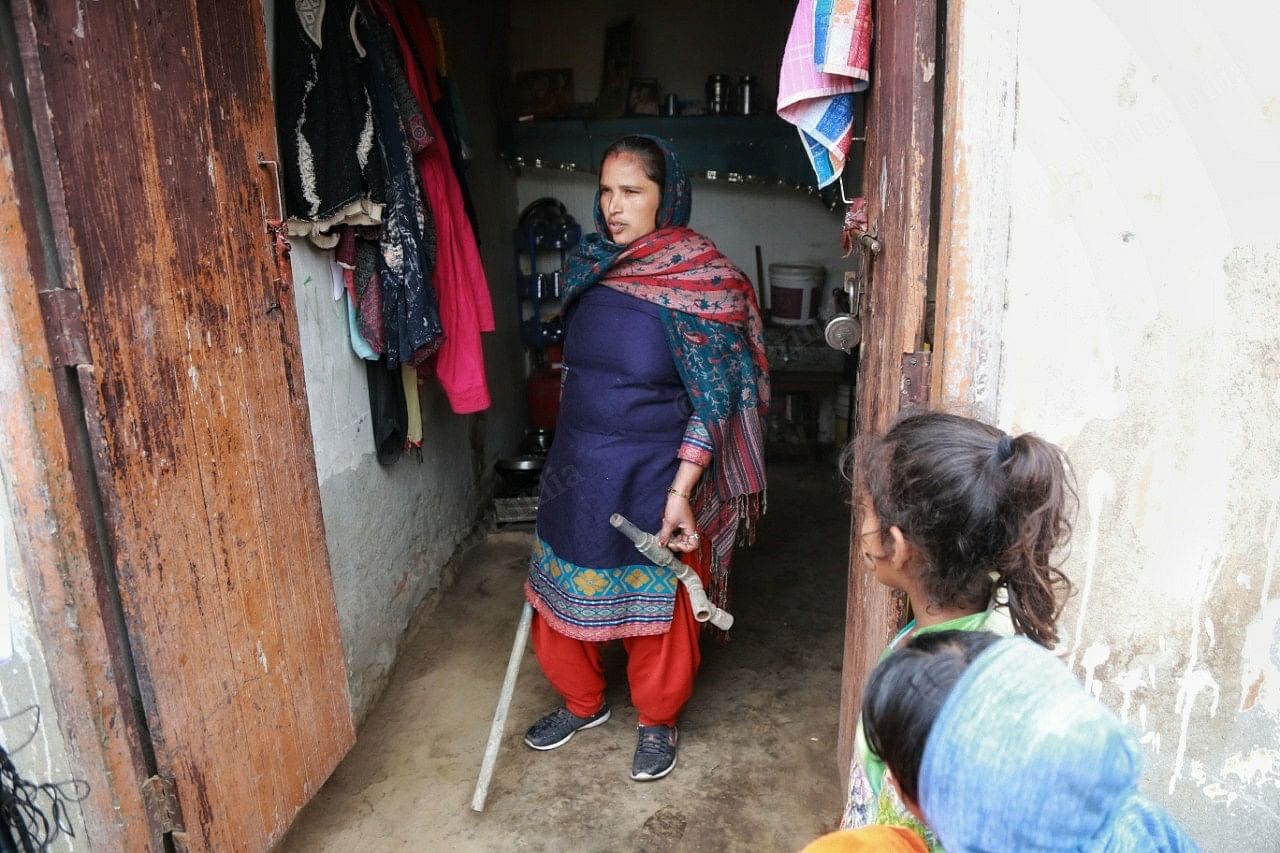
Next task — activating the paani samitis
With 100 per cent water connections now in place in the three districts, the next task in hand of state government officials is to ensure the operation and maintenance of the water infrastructure. And it is here that the newly constituted paani samitis (Village Water and Sanitation Committees) will be brought in to help with water supply management.
The paani samitis in every village are mostly headed by the sarpanchs, and have 50 per cent representation from women and 25 per cent from SC/ST communities.
The paani samitis will not only decide the kind of infrastructure required for every village, but at a later stage they will also fix charges to be paid by residents for piped water.
“The paani samitis are being made aware of their functions. They are a very important cog in the wheel and will play a big role in not only deciding the kind of water infrastructure required in respective villages, but will also ensure that they are properly maintained,” said an official of the Department of Drinking Water and Sanitation under the Union Jal Shakti ministry, which is implementing the Nal Se Jal programme.
Eventually, the PHD will hand over the operation and maintenance of the water infrastructure to the paani samitis.
“The idea is to involve the local community in decision-making and help them manage their resources. The paani samitis at a later stage will be responsible for generating the water bills. They will be allowed to keep the revenue generated from water bills and use it for maintenance of the pipelines,” Khanduja said.
Also read: Modi govt begins survey of 6 cr tap connections in villages to assess water quality, quantity



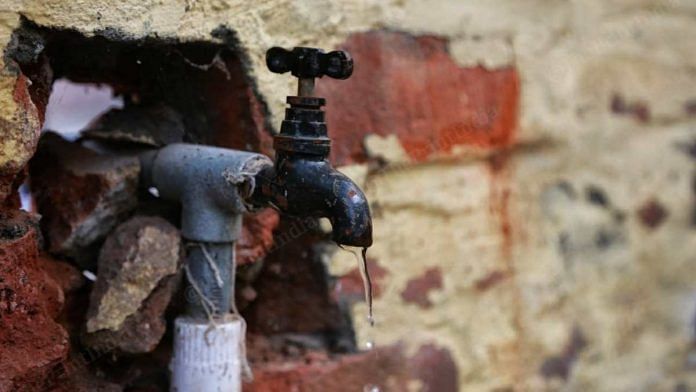



Till the other day Ms. Jyoti Yadav was touring Haryana and reporting from its rural hinterland. She managed to spot all the negatives but could not come up with a single positive piece of news. Guess her ideology blinded her to the positive developments taking place in the state.
I ask all the readers to ponder on Paani Samitis. While giving piped water connection in itself is an achievement, pani Samitis with inclusive structure with participation of women and SC/ST is great. In a nation where the SC/ST were deprived of taking water from a common well, they will now play a big role in managing water connections. I do hope this works. I really do.